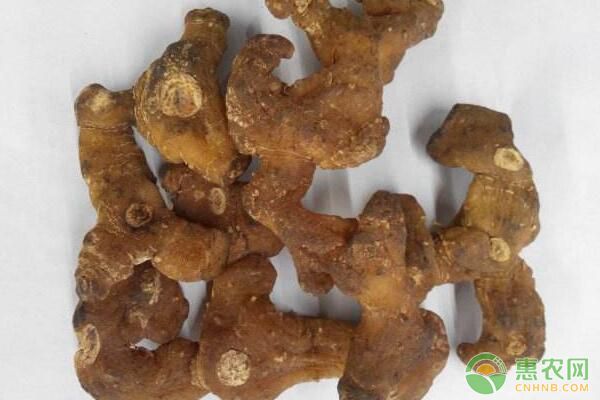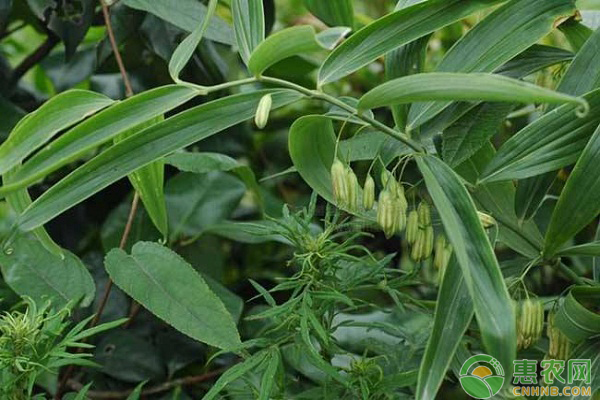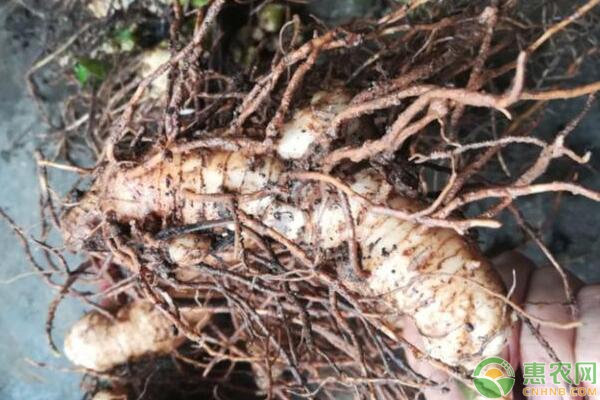How is Huangjing artificially cultivated? Huangjing has high medicinal value and is the raw material of many traditional Chinese medicine formulas. Huang Jing can be used for spleen and stomach weakness, body fatigue, dry mouth and food, lung deficiency, dry cough, insufficient blood, internal heat and thirst, and treatment of tuberculosis and sputum disease. Wait. The cultivation techniques of Huangjinglin in Hanzhong, Shaanxi Province, are summarized in order to promote successful experience and protect wild Huangjing resources. 1 Planting area selection The Huangjing planting area is selected in the shallow mountainous area with good natural conditions of 900~1400m in the Qinling forest area. It is also the natural distribution area of ​​Huangjing. The area belongs to the northern edge of the subtropical zone. It is warm and humid, and the natural vegetation is good. The mountainous terrain is diverse, and the cool, humid, shaded hillsides and small environmental areas with sparse trees are abundant, which can maximize the use of natural conditions and reduce the cost of manual measures. . The area is sparsely populated, the environment is excellent and pollution-free, the soil is sandy loam, and the organic matter is rich. At the same time, the local technology base for traditional Chinese medicine cultivation. 2 seed storage and germination treatment The seeds of Rhizoma Polygonati are in the shape of a bead, the seeds are hard, the umbilicus is obvious, and it is dark brown. The 1000-grain weight is about 33 g. The provenance tree selects two-year-old plants that grow robust and disease-free. In the fall, black, full and mature berries are collected for sand treatment. Dig the pits 40 cm deep and 30 cm wide in the courtyard, mix the seeds with the fine sand (the humidity of the sand is held in a hand, and the floor is scattered), mix it evenly in a ratio of 1:3, and then put it into the pit, the center The straw is raised to facilitate ventilation, and then covered with fine sand to keep the pit moist. After the second spring of April, the seeds are taken out and sieved to wet sand for sowing. 3 soil preparation bed fertilizer Deeply ploughed 1 time before sowing, combined with the land preparation of farmyard manure 30t / hm 2, turned into the soil as a base fertilizer, and then slashed and flattened to make sputum, 畦 length 10~15 m, 畦 width 1.2 m. Reserve drains and pedestrian aisles with a depth of about 30 cm. 4 reproduction 4.1 sowing and breeding In the end of March, the seeds of the germination were taken out and spread evenly in the shallow ditch of the glutinous surface according to the row spacing of 10~16 cm×12~15 cm. The cover soil was about 1.5 cm. After a little pressure, the water was watered and covered with grass to moisturize. Remove the cover grass before emergence, the appropriate seedlings when the seedling height is 6~9 cm, and transplant after 1 year. 4.2 Rhizome reproduction Choose robust, disease-free plants, and harvest rhizomes in autumn or early spring. The autumn excavation should be properly preserved. In the early spring, the excavation will be taken directly from the 5~7 cm long section and the bud section will be 2~3 knots. The roots for propagation were first soaked with 50% carbendazim 1000 times for 6 h, then soaked with acetic acid 2 000 times for 30 min, and planted immediately. Spring planting is carried out in early April, and the horizontal groove is opened at a line spacing of 25 cm on the whole alfalfa surface. The depth of the ditch is 8~10 cm. The roots of the buds are upwards, placed in the ditch, and placed horizontally every 10~12 cm. Cover the fine soil with a thickness of 5~6 cm, press it tightly, and pour the water to the field with poor soil moisture after planting. It can be transplanted after 1 year. 5 Field management The first is cultivating and weeding. The aboveground part of the plant of Huangjing can reach a length of about 1.5 m, and it is herbaceous. The lodging phenomenon is more serious. In April, June, September, and November each year, weeding should be carried out once a day, shallowly and properly cultivated, and the inspection process in the future. If we find that weeds are removed at hand. The second is fertilizer management. Each year, combined with cultivating and weeding for topdressing, each time with soil fertilizer 22.5 t / hm 2, superphosphate 750 kg / hm 2, cake fertilizer 750 kg / hm 2 mix and mix, and then apply the ditch, apply soil after application. The third is water management. The sunny and dry plots should be watered in time. The yellow essence should avoid water and the shade, and should pay attention to drainage and intercropping of corn. 6 pest control Leaf spot disease: It can be controlled with 65% mancozeb WP 500 times. Black spot disease: more than spring, summer, autumn, damage to the leaves, the control method is clearing the garden at the time of harvest, eliminating the diseased body; spraying 1:1:100 times Bordeaux mixture in the early stage, spraying once every 7 days, 3 times in a row.蛴螬: The roots are damaged by larvae, biting off seedlings or biting roots, causing broken seedlings or roots. The control method is to use 75% phoxim emulsifiable concentrate, seed dressing according to the seed amount of 0.1%; or in the field occurrence period, use 90% trichlorfon 1000 times liquid to control. 7 Harvesting and processing Generally harvested in spring and autumn, the harvest quality is best in autumn. After 3~4 years of cultivation, the upper part of the ground is withered and harvested. The roots are excavated, the aboveground parts and fibrous roots are removed, the soil is washed away, and steamed in the steamer. When it is oily, take it out to dry or dry it, or put it in water and boil it, then remove it and dry it. The above is the key points of cultivation techniques under Huangjinglin. You can come to Huinong.com to learn. If you have your own experience and want to share, you can leave a comment and Hui Nongjun will contact you in time! Insulin Syringes Needle,Disable Syringe,Monoject Syringe,10 Ml Syringe FOSHAN PHARMA CO., LTD. , https://www.fospharma.com

